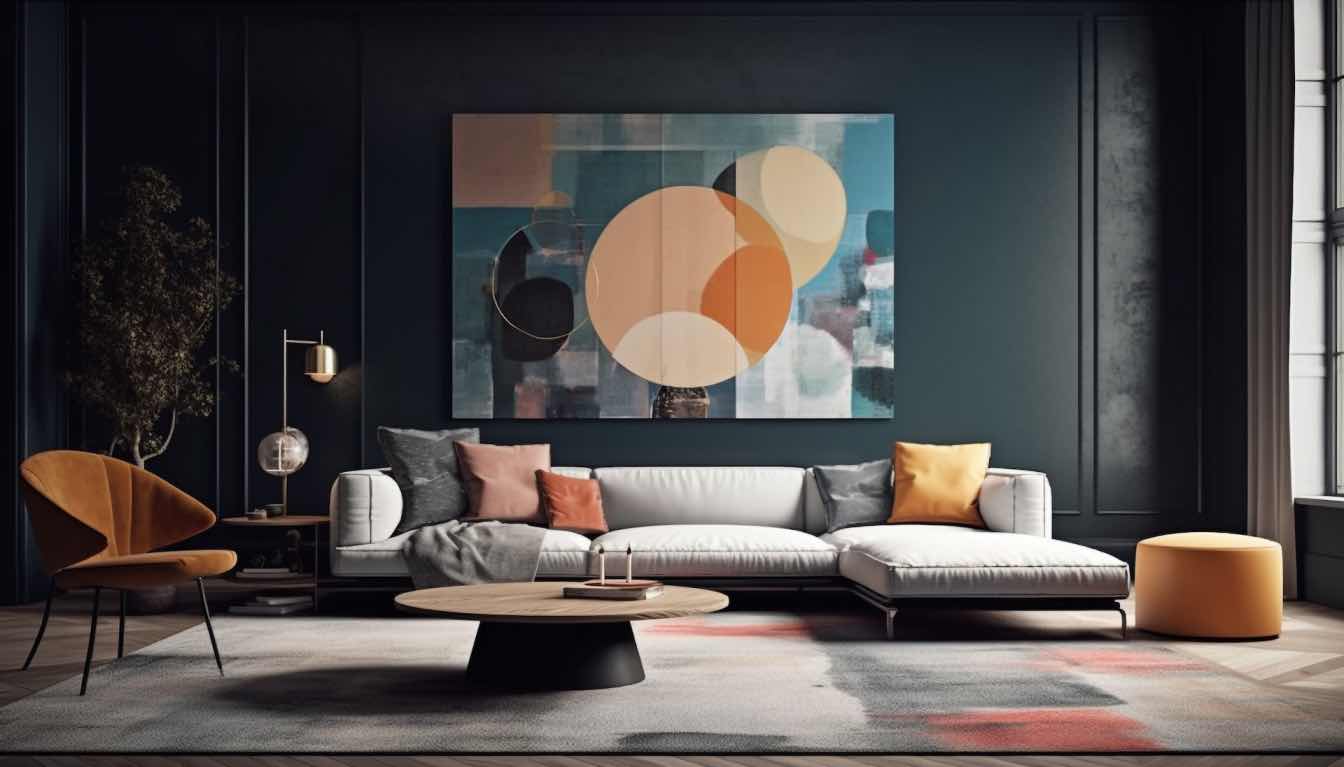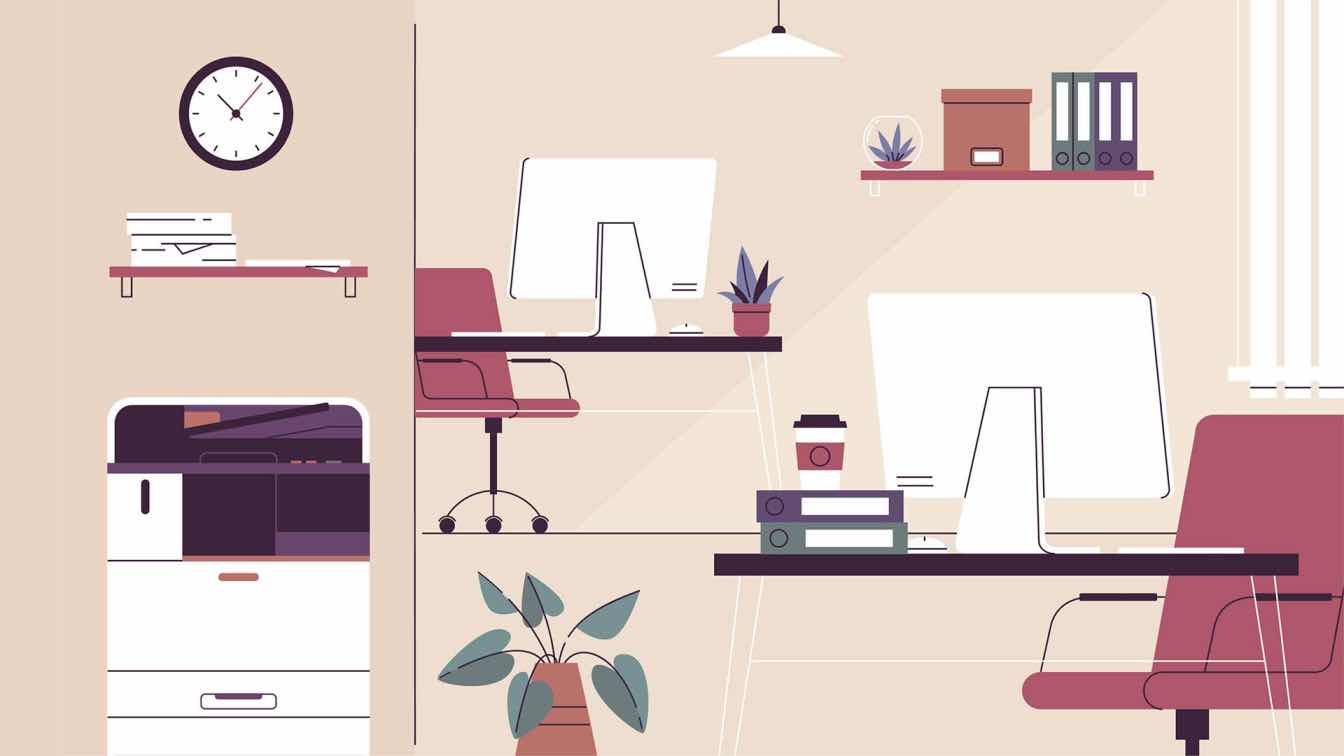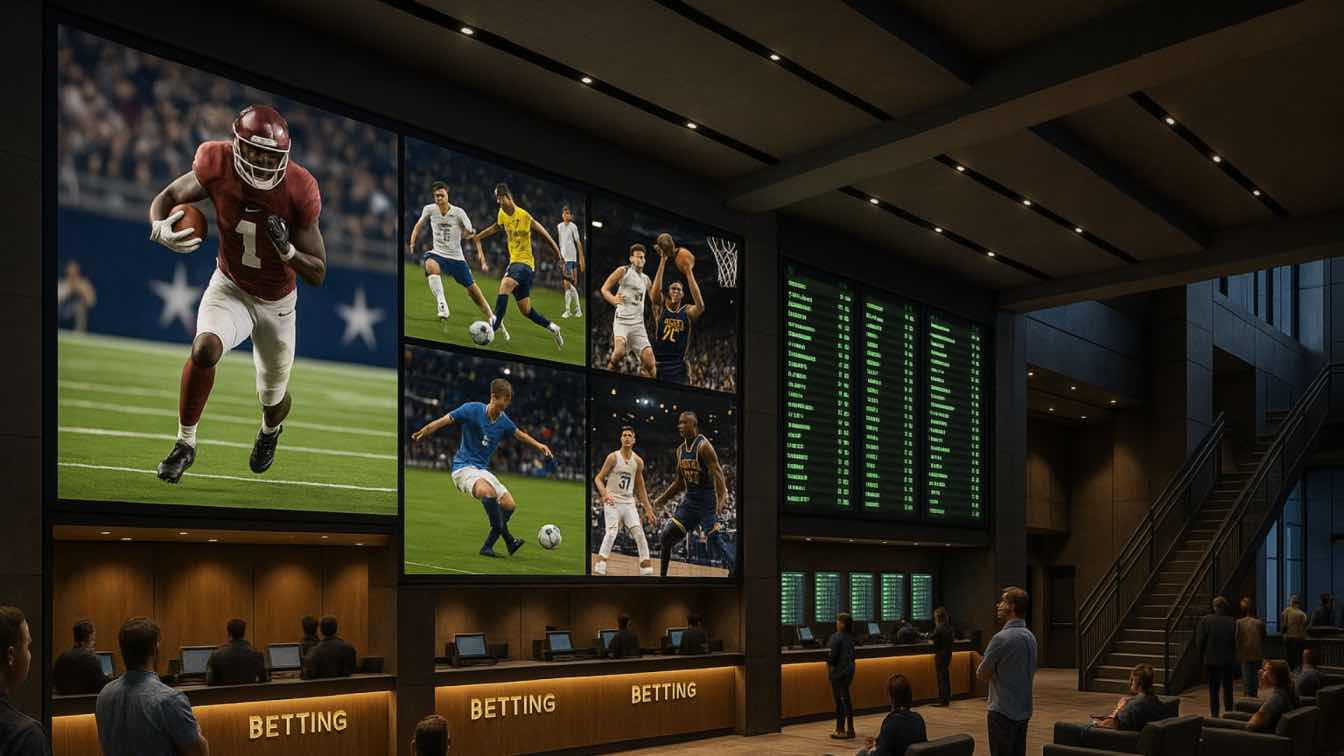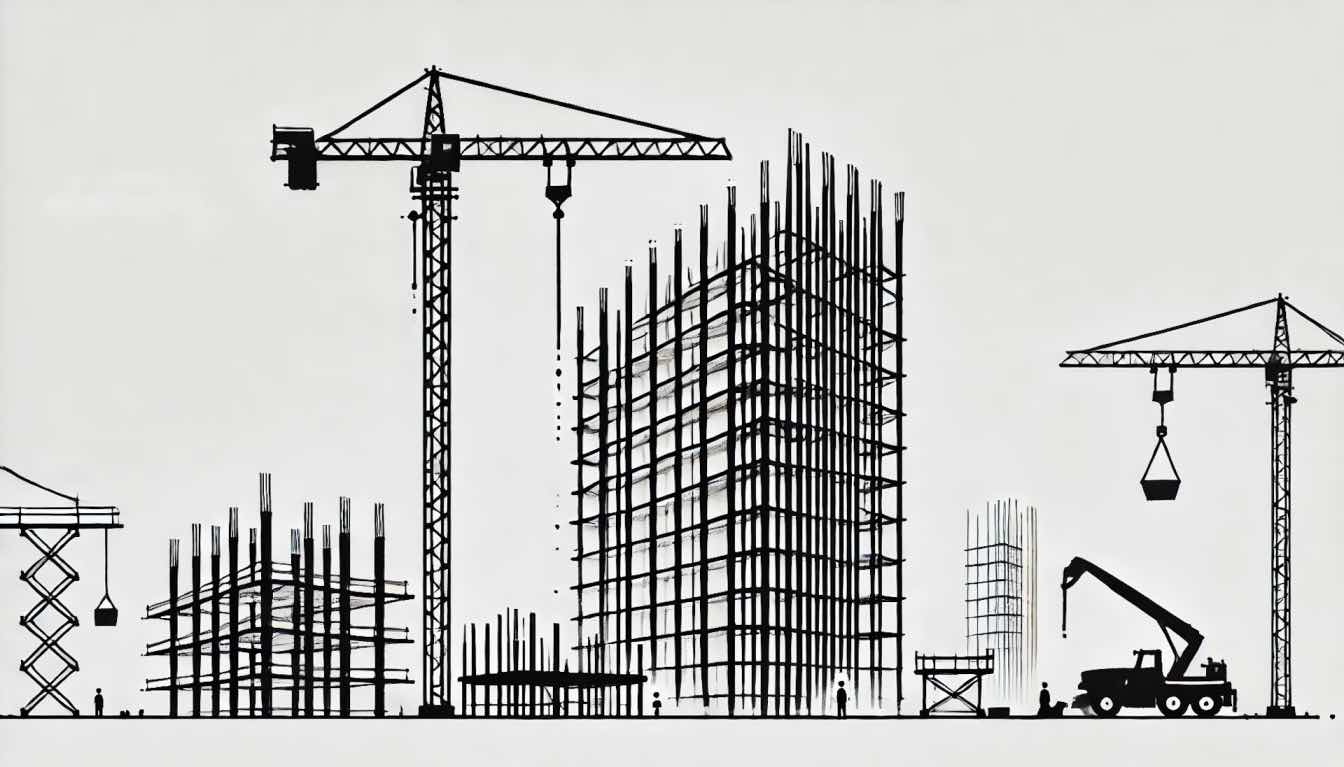The pursuit of harmony in design requires a nuanced understanding of how form and function can coalesce seamlessly, resulting in spaces and objects that not only captivate the eye but also serve a practical purpose. This delicate balance is the cornerstone of great design, where beauty and utility intertwine to create an experience that transcends the superficial. In this exploration of harmony in design, we delve into the essential aspects that contribute to this delicate equilibrium, celebrating the marriage of form and function that defines exceptional design.
The Marriage of Form and Function: A Delicate Balance
At the heart of every well-designed space or object lies the harmonious union of form and function. Aesthetics alone cannot sustain the longevity of a design; it must be complemented by a thoughtful consideration of how the design serves its intended purpose. Conversely, pure functionality without an aesthetic appeal can result in sterile and uninspiring environments. Achieving the perfect equilibrium involves a meticulous understanding of the user's needs, the context of the design, and a keen eye for visual aesthetics. This synergy transforms a mere design into a work of art that enriches the human experience.
The User-Centric Approach: Understanding Needs and Desires
At its core, this approach revolves around a deep understanding of the needs and desires of the end-user. It demands designers to transcend the mere creation of visually appealing or functional spaces and products, urging them to delve into the intricacies of individuals' daily lives, preferences, and aspirations. By adopting a user-centric mindset, designers become keen observers of human behavior, tailoring their creations to seamlessly integrate into the user's lifestyle. This holistic understanding ensures that the result not only meets the practical requirements but also resonates with the user on a personal and emotional level. The user-centric approach, therefore, goes beyond the aesthetics and functionality dichotomy, transforming design into a collaborative and enriching experience between the creator and the end-user.
Cultural Context: Infusing Local Flavors into Design
Design, at its most profound level, is a reflection of the cultural tapestry that envelops a community. When designers conscientiously incorporate elements inspired by local history, traditions, and values, they infuse their work with a unique character that resonates with the people who inhabit the space. Whether it's the choice of indigenous materials, the incorporation of traditional motifs, or the adoption of architectural styles rooted in regional heritage, this process goes beyond mere aesthetics. It becomes a homage to the community, fostering a sense of pride and connection among its residents. The result is not just visually captivating designs but immersive experiences that tell a story, celebrating the rich diversity and cultural identity that make each locale distinct. The infusion of local flavors into the design is a celebration of heritage, a testament to the enduring influence of culture on the visual tapestry of our surroundings.
Sustainable Design: A Responsible Aesthetic
In the contemporary era, the quest for harmony in design extends beyond the visual and functional realms to embrace sustainability. A responsible aesthetic takes into account the environmental impact of the design, emphasizing eco-friendly materials, energy-efficient technologies, and a commitment to minimizing waste. The best solution for sustainability is installing new windows and doors. Discussing this topic with experts at Renewal by Andersen Window Replacement in Phoenix, it is easy to notice how they emphasize the importance of high-quality windows since they will also shrink energy bills and carbon footprints. This conscious integration of sustainability not only aligns with the global movement towards eco-conscious living but also adds a layer of responsibility to the aesthetic choices made in the design process.
The Role of Technology: Enhancing Functionality and Aesthetics
The role of technology in design extends far beyond mere gadgetry, becoming an integral tool for architects and creators to push the envelope of innovation. Advancements in smart home systems, augmented reality, and responsive materials offer unprecedented opportunities to enhance both the functionality and aesthetics of designs. Smart home technologies, for instance, enable the seamless integration of automation and control, optimizing convenience and comfort while contributing to the overall aesthetic appeal of a space. Furthermore, breakthroughs in materials science allow designers to experiment with innovative textures, shapes, and structures, opening new possibilities for creating visually striking and functionally efficient environments. In the pursuit of harmony in design, technology emerges not as a disruptor but as a facilitator, providing a canvas for designers to weave a dynamic tapestry that marries the practical with the aesthetically captivating.
Material Selection: A Symphony of Texture and Form
The materials chosen for a design contribute significantly to the overall harmony of the space or object. A thoughtful selection of materials involves considering not only their visual appeal but also their tactile qualities, durability, and environmental impact. Whether it's the warmth of natural wood, the sleekness of metal, or the versatility of glass, each material introduces its unique element to the design composition. The interplay of textures and forms creates a symphony of sensory experiences, enriching the aesthetic quality while ensuring the longevity and functionality of the design.
Adaptable Design: Navigating Change with Grace
Adaptable design is the art of navigating shifts in preferences, lifestyles, and technological advancements with grace and ingenuity. This approach recognizes that the world is in a perpetual state of flux, and the best designs are those that can flexibly respond to these changes without sacrificing their fundamental essence. By integrating versatility into the core of a design, creators ensure that their work remains relevant, functional, and aesthetically pleasing over time. Adaptable design is not just a practical consideration; it is a philosophy that embraces the dynamic nature of human existence, allowing designs to evolve alongside the ever-changing tapestry of society. In this way, designers become architects of experiences that gracefully weather the sands of time, offering enduring value in a world that continually transforms.
Harmony in design is not a static destination but a dynamic journey, requiring a continuous dialogue between form and function. By prioritizing the user, embracing cultural context, incorporating sustainable practices, leveraging technology judiciously, and selecting materials with care, designers can create environments and objects that transcend the ordinary. The pursuit of harmony in design is, at its essence, a commitment to elevating the human experience through the seamless integration of beauty and utility.





